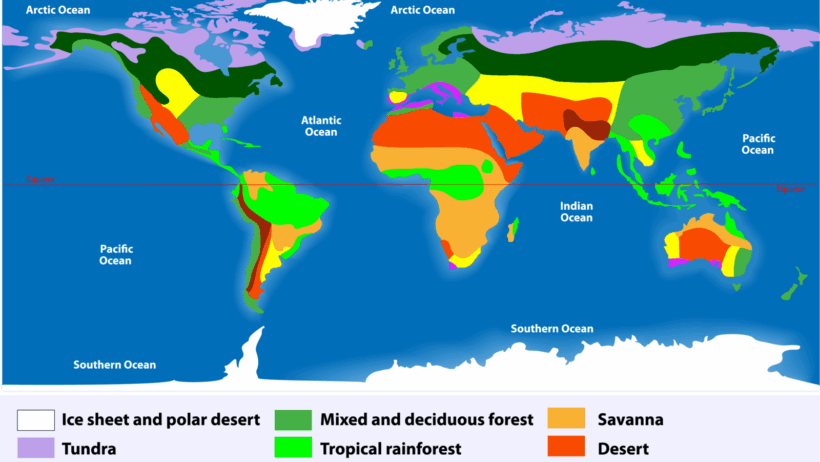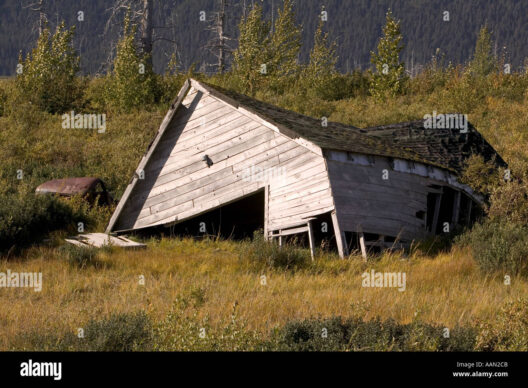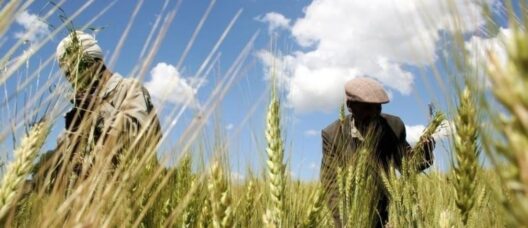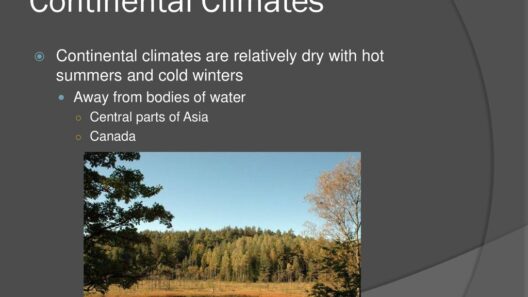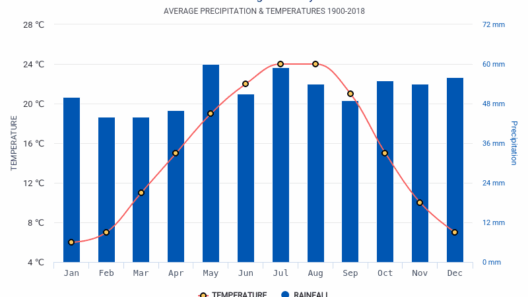Climate zones are the very essence of our planet, defining the cosmopolitan tapestry of ecosystems we see around us. But have you ever pondered how these intricate climatic zones are classified? From the sun-drenched tropics to the frosty tundras, the answer is not merely a matter of observation; it encompasses a confluence of scientific methodologies, ecological observations, and patterns emerging from geographical data. The diversity of climate zones not only enthralls scientists but is imperative for understanding global weather systems and making informed decisions regarding environmental stewardship.
To delve into the classification of climate zones, one must first consider the fundamental factors influencing climate—latitude, altitude, and geographical features such as mountains and oceans. Latitude plays a pivotal role; as one moves from the equator towards the poles, there is a noticeable decrease in sunlight intensity, which fundamentally alters temperature and weather patterns. This relationship establishes the groundwork for the tropical, temperate, and polar classifications.
So, how exactly are these climate zones delineated? The Köppen climate classification system stands as one of the most widely utilized frameworks. This ingenious system categorizes climates based on empirical data regarding temperature and precipitation. It defines five primary climate groups: tropical (A), dry (B), temperate (C), continental (D), and polar (E). Each group further subdivides into numerous subcategories, allowing for a nuanced understanding of the myriad climatic conditions encountered across the globe.
The tropical climate is characterized by consistently warm temperatures and high humidity, primarily found between the Tropic of Cancer at latitude 23.5°N and the Tropic of Capricorn at latitude 23.5°S. This zone experiences minimal variation in temperature throughout the year, allowing rich biodiversity to flourish. However, the zone is not homogeneous; it encompasses rainforests, monsoon regions, and savannas, each contributing to distinct ecological systems. Consider the dichotomy of a verdant rainforest alongside a sun-baked savanna—what ecological pivots are at play that enable such diversity?
Venturing outward, the dry climates represent a stark contrast. Characterized by evaporation rates that exceed precipitation—a defining criterion of aridity—these regions include deserts and semi-arid areas. The arid zones, dominated frequently by scorching temperatures and scant rainfall, present an enviable challenge for biodiversity. Forced to adapt, flora and fauna in these climates exhibit remarkable resilience, employing intricate survival strategies such as drought tolerance and nocturnal lifestyles. Yet, how do shifting climate conditions impact these delicate balances? The looming threat of climate change casts an ominous shadow, introducing an array of new challenges.
As we migrate further north, we encounter the temperate climate zones. Straddling the mid-latitude regions, these climates present a mesmerizing mix of seasonal changes, characterized by mild summers and cooler winters. Herein lies a wealth of ecological diversity, as deciduous forests, grasslands, and Mediterranean landscapes converge. This convergence not only reflects an intricate climate framework but also highlights the environmental significance of seasonal adaptations—leaf abscission in winter and vibrancy in spring evoke questions about nature’s resilience against climate fluctuations.
The continental climate zones further advance our exploration. These are defined by wider temperature disparities throughout the year, with hot summers juxtaposed against frigid winters. Positioned primarily in the interiors of continents, they foster unique ecosystems reliant on specific climatic nuances. The discussion around continental climates can be extended to showcase how urbanization is modulating temperature extremes, creating ‘heat islands’ that challenge prehistoric climatic norms.
Finally, we trudge into the realms of polar climates. These regions, comprising the Arctic and Antarctic, are characterized by permafrost conditions, perennial ice, and low biodiversity. The stark beauty of tundras presents a formidable challenge for flora and fauna seeking sustenance. Understanding the implications of melting ice caps and thawing permafrost is crucial; these occurrences have far-reaching environmental impacts, including rising sea levels and unpredictable weather patterns.
The classification of climate zones extends beyond mere academic interest; it is an urgent call to action. As Earth’s climatic tapestry becomes increasingly interwoven with human activity, understanding these classifications aids in anticipating future environmental conditions. Climate change has exacerbated weather extremes, rendering traditional classifications less effective in predicting ecological dynamics. How do we navigate this turbulence and maintain ecological stability?
In conclusion, the classification of climate zones necessitates a multidisciplinary approach encompassing geography, biology, and climate science. The interplay of various factors shapes the climates we experience and influences global patterns. Each zone, from the radiant tropics to the austere tundras, showcases Earth’s remarkable diversity and resilience in the face of change. It calls upon us to ponder our role as stewards of this environment. As we confront inevitable shifts in climate, understanding these classifications becomes paramount. Will we rise to the challenge and embrace the responsibility of preserving our planet’s ecological fabric for future generations?



